
Fundraising
Significant resources are required for focused research on the selection of substances that prevent extracellular matrix aging, and on the reduction of the negative effects of glycation. You can support Boston Matrix non-commercial project by donation, or by sharing information about it on social media.
Bitcoin:
1CjFkFnLX66tUMrZhy6kqXsFAQRr2uQyLF
Ethereum, USDT, USDC, DAI (ERC20):
0xb35dC521C93E76EeA4702efB19388Ef65f96f83C
Bitcoin:
1CjFkFnLX66tUMrZhy6kqXsFAQRr2uQyLF
Ethereum, USDT, USDC, DAI (ERC20):
0xb35dC521C93E76EeA4702efB19388Ef65f96f83C




Rejuvenating extracellular matrix to fight aging
Our mission is to develop a therapy that prevents age-related degradation of the extracellular matrix (ECM). We are focused on small molecules that have the potential to slow down aging, and protect people from diabetes, cardiovascular and Alzheimer’s diseases, by inhibiting cross-linking in the extracellular matrix. Boston Matrix is a nonprofit project. Our research and development process is transparent, and results are reported openly.












As we age, these proteins form chemical bonds with each other, called cross-links. This reduces the elasticity of the matrix, promoting inflammation and tissue degeneration. Our goal is to develop a drug that destroys the cross-links and/or inhibits their formation.
ECM and Aging
The extracellular matrix (ECM) fills the spaces between cells and serves as an internal network that connects the entire body. It makes up more than 30% of the body weight of an adult. Most of the ECM proteins (collagens and elastins) are formed during childhood and are poorly restored.
Blood sugar reacts with matrix proteins to form compounds called advanced glycation endproducts (AGEs).
The endproducts of glycation can subsequently react with other proteins to form difficult-to-break cross-links. Such cross-links play the role of molecular "handcuffs" that bind adjacent protein molecules and prevent them from moving independently. As a result, the matrix loses its elasticity and becomes more rigid.
For example, in the skin, such changes appear in the form of wrinkles and loss of elasticity. An increase in the rigidity of the matrix is associated with the thickening of blood vessel walls, changes in the tissues of the heart, the development of a number of oncological, and neurodegenerative, and other age-related diseases.
The endproducts of glycation can subsequently react with other proteins to form difficult-to-break cross-links. Such cross-links play the role of molecular "handcuffs" that bind adjacent protein molecules and prevent them from moving independently. As a result, the matrix loses its elasticity and becomes more rigid.
For example, in the skin, such changes appear in the form of wrinkles and loss of elasticity. An increase in the rigidity of the matrix is associated with the thickening of blood vessel walls, changes in the tissues of the heart, the development of a number of oncological, and neurodegenerative, and other age-related diseases.
Causes of ECM aging
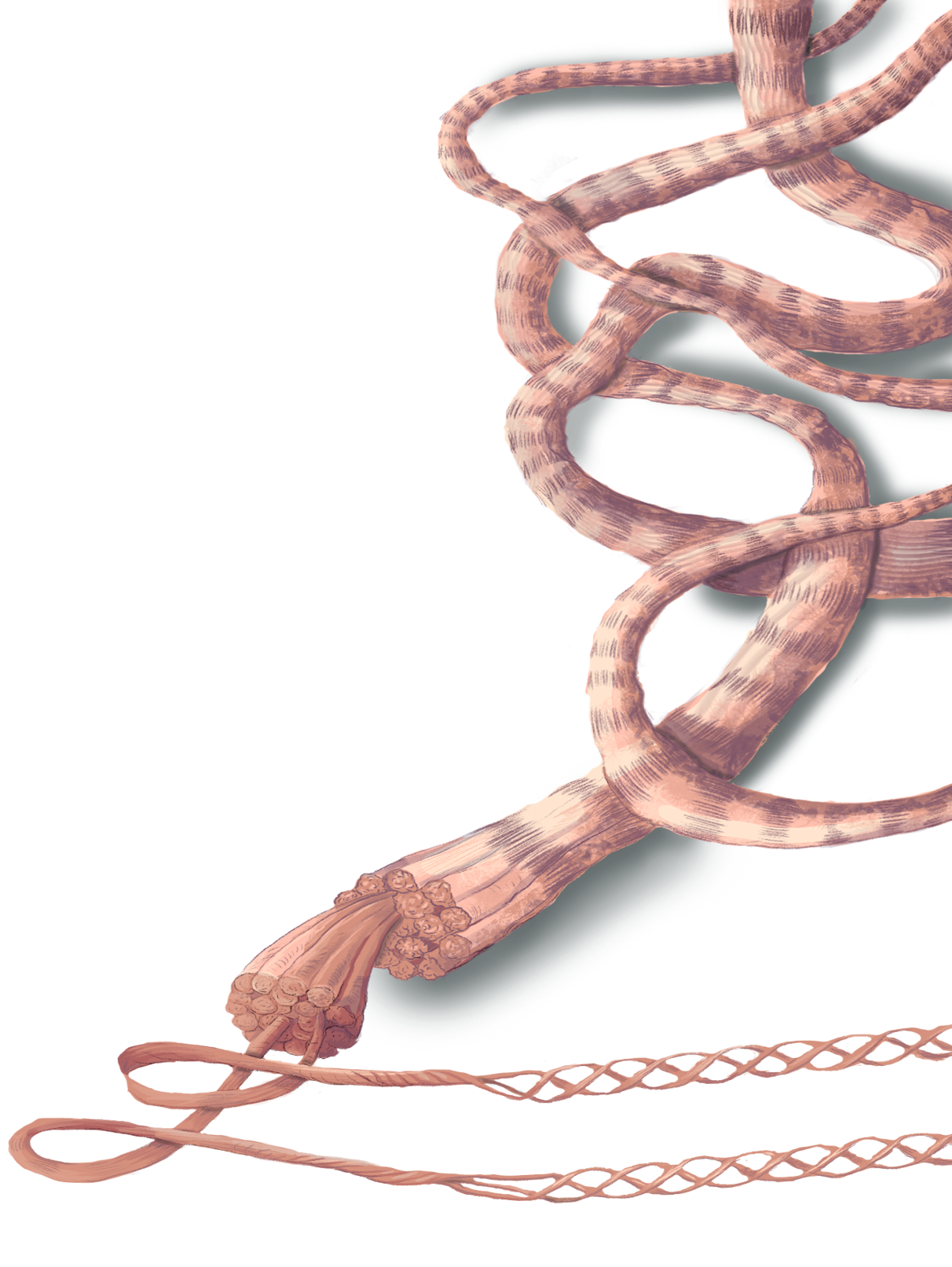
Cellular senescence
Chronic inflammation
Decreased self-renewal ability of cells
Stem cells niches disruption








Aging
Decreased tissue elasticity
Neurodegeneration
Diseases of the cardiovascular system



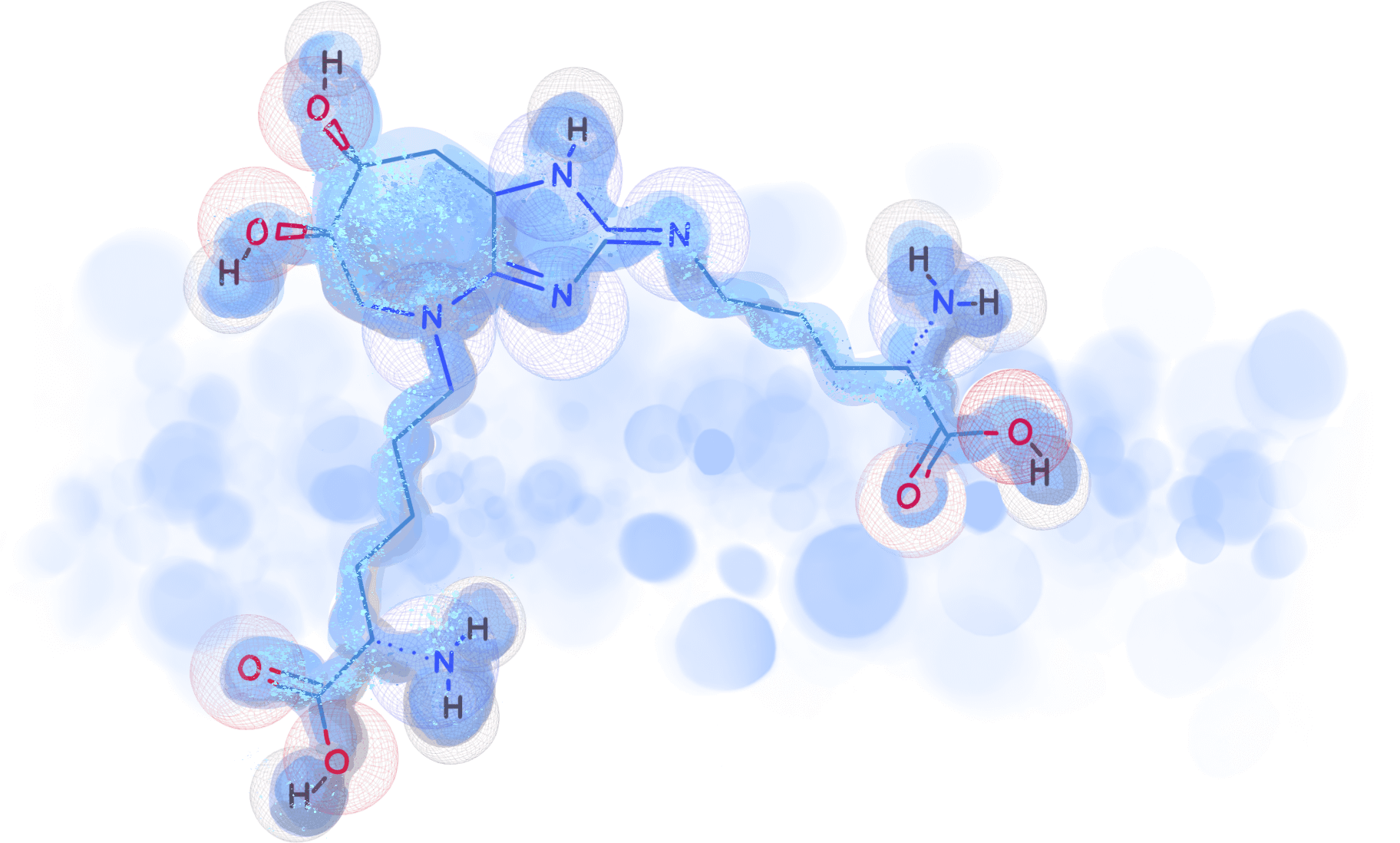
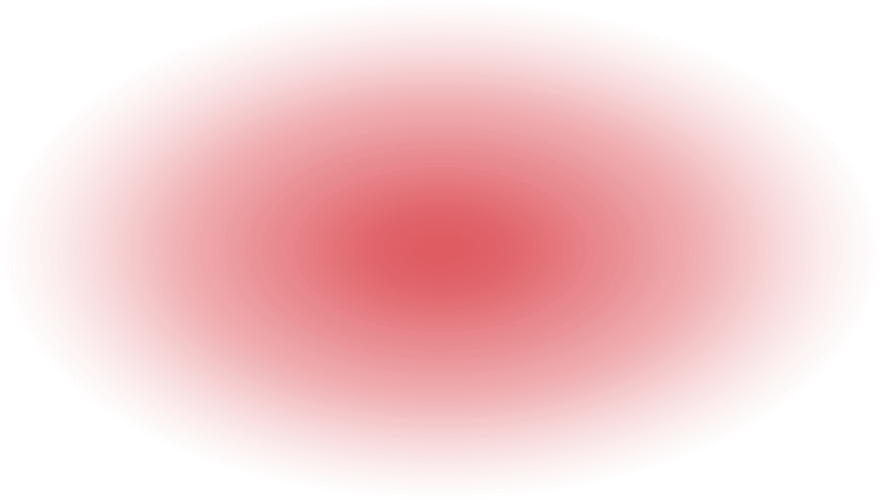




Matrix aging dynamics
Crosslinks accumulation is the main source of collagen structure impairment. It leads to deterioration in the availability of collagens for enzymes involved in matrix renewal. As the result, regeneration of ECM becomes impossible.
 As a part of aging, crosslinks accumulate in the matrix. Glucosepane is the major AGE in humans (on the graph).
As a part of aging, crosslinks accumulate in the matrix. Glucosepane is the major AGE in humans (on the graph). Aging is associated with deterioration of fermentative ability to cleav collagen fibrils that interrupt matrix renewal.
Aging is associated with deterioration of fermentative ability to cleav collagen fibrils that interrupt matrix renewal. Dynamic of scientific studiesAccording to the scientific database Scopus, over the last few years, there has been a significant increase in the number of scientific papers in the field of AGE and ECM aging.
Dynamic of scientific studiesAccording to the scientific database Scopus, over the last few years, there has been a significant increase in the number of scientific papers in the field of AGE and ECM aging.
AGE molecules/ ECM crosslink types
Here are the most dangerous and widespread AGEs: their characteristics, related diseases and precursors available for therapy.
Formula
(click to open the topic)
The product is the result of oxidative processes
Products from which it is formed
Properties
Precursors hypothetically available for pharmacological action
Glucosepane
Degradation of Amadori products or methylglyoxal + lysine and arginine residues.
Does not fluoresce, crosslinks.
Amadori product or methylglyoxal.
Associations with diseases
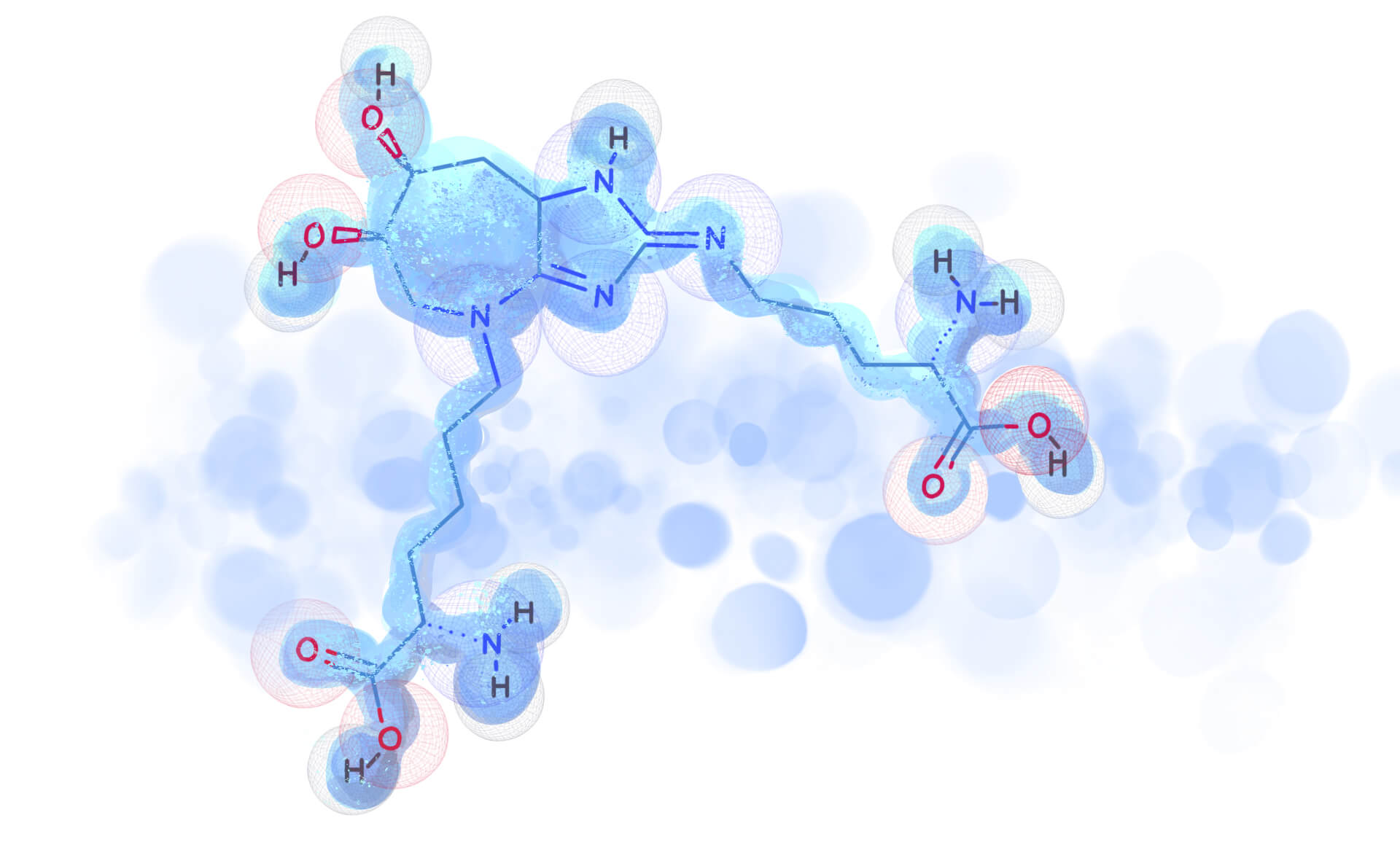
Formula
(click to open the topic)
The product is the result of oxidative processes
Products from which it is formed
Properties
Precursors hypothetically available for pharmacological action
Crossline
Degradation of Amadori products + two lysine residues.
Fluorescent (λexc = 379, λem = 463), crosslinks.
Amadori product.
Associations with diseases
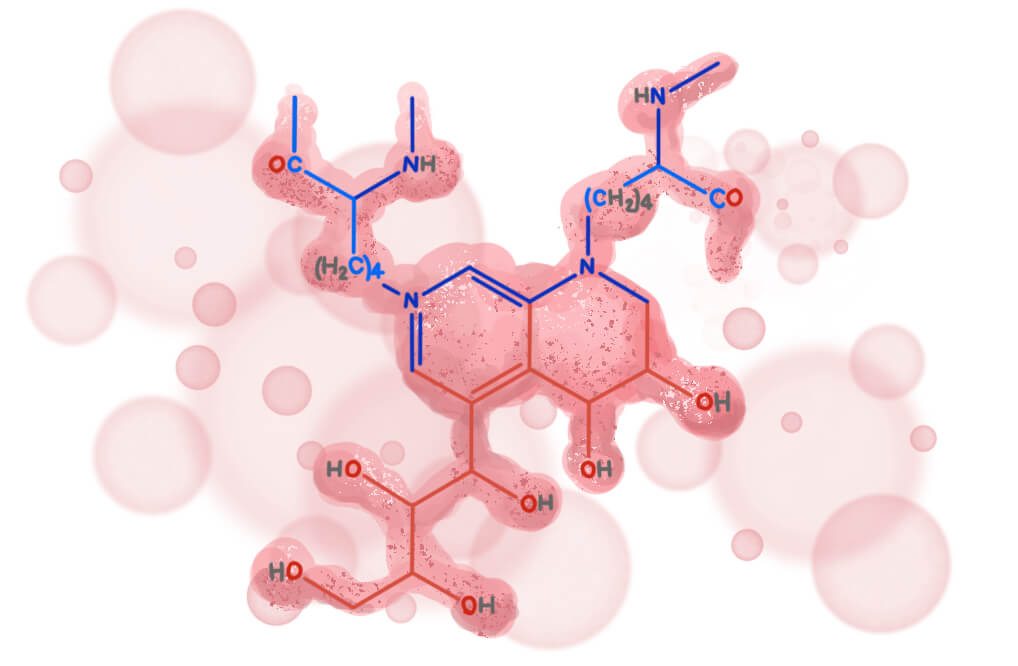
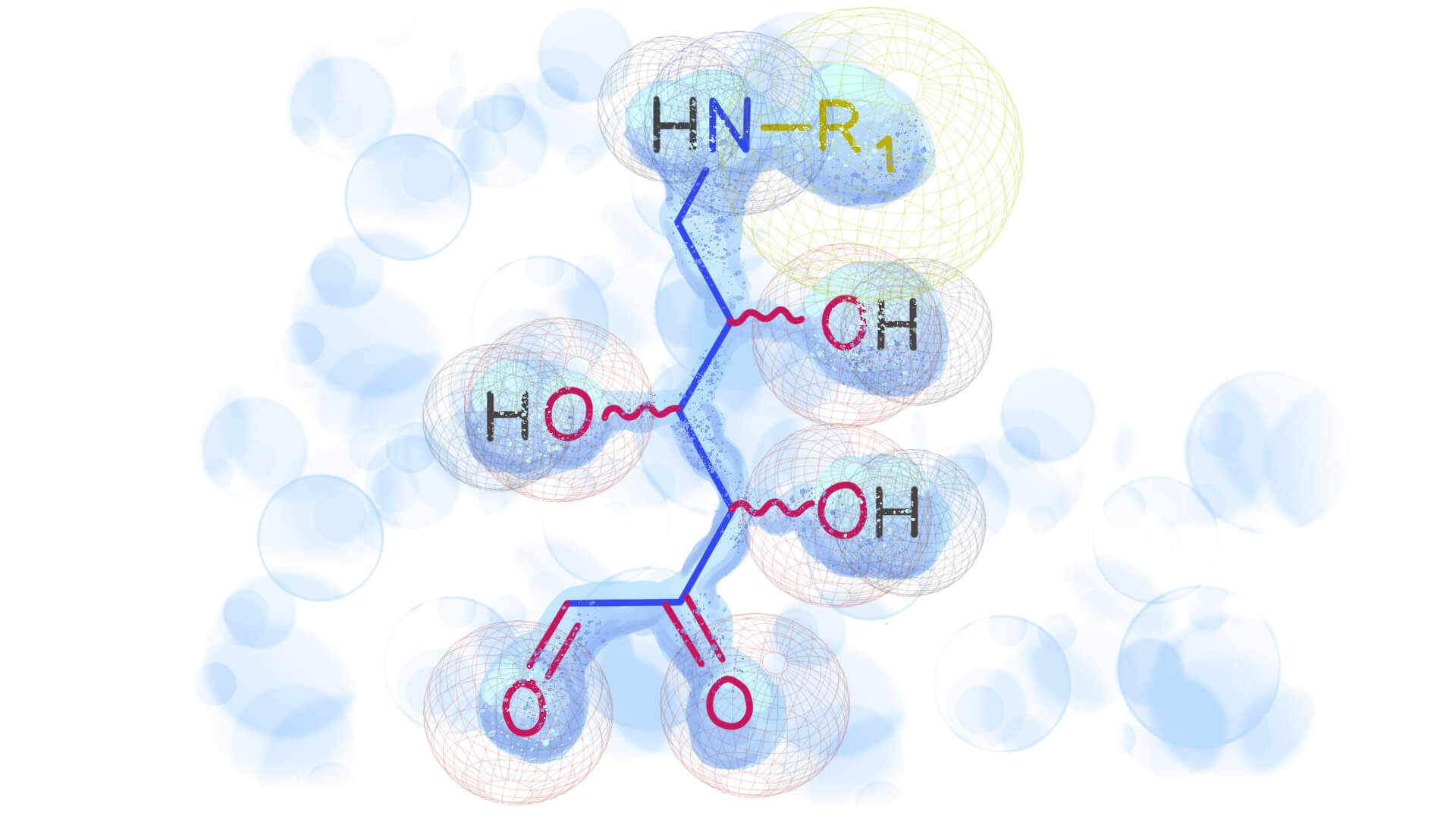
Formula
(click to open the topic)
The product is the result of oxidative processes
Products from which it is formed
Properties
Precursors hypothetically available for pharmacological action
Nε-Carboxymethyllysine (CML)
3-deoxyglucosone or glyoxal + lysine residue.
Non-fluorescent, non-crosslinking.
Glyoxal, glycoaldehyde, 3-deoxyglucosone.
Associations with diseases
Alzheimer's and Parkinson's disease

Formula
(click to open the topic)
The product is the result of oxidative processes
Products from which it is formed
Properties
Precursors hypothetically available for pharmacological action
MOLD
Yes (due to the role of oxidative processes in the formation of methylglyoxal).
Methylglyoxal + 2 lysine residues.
Does not fluoresce, crosslinks (more).
Methylglyoxal.
Associations with diseases
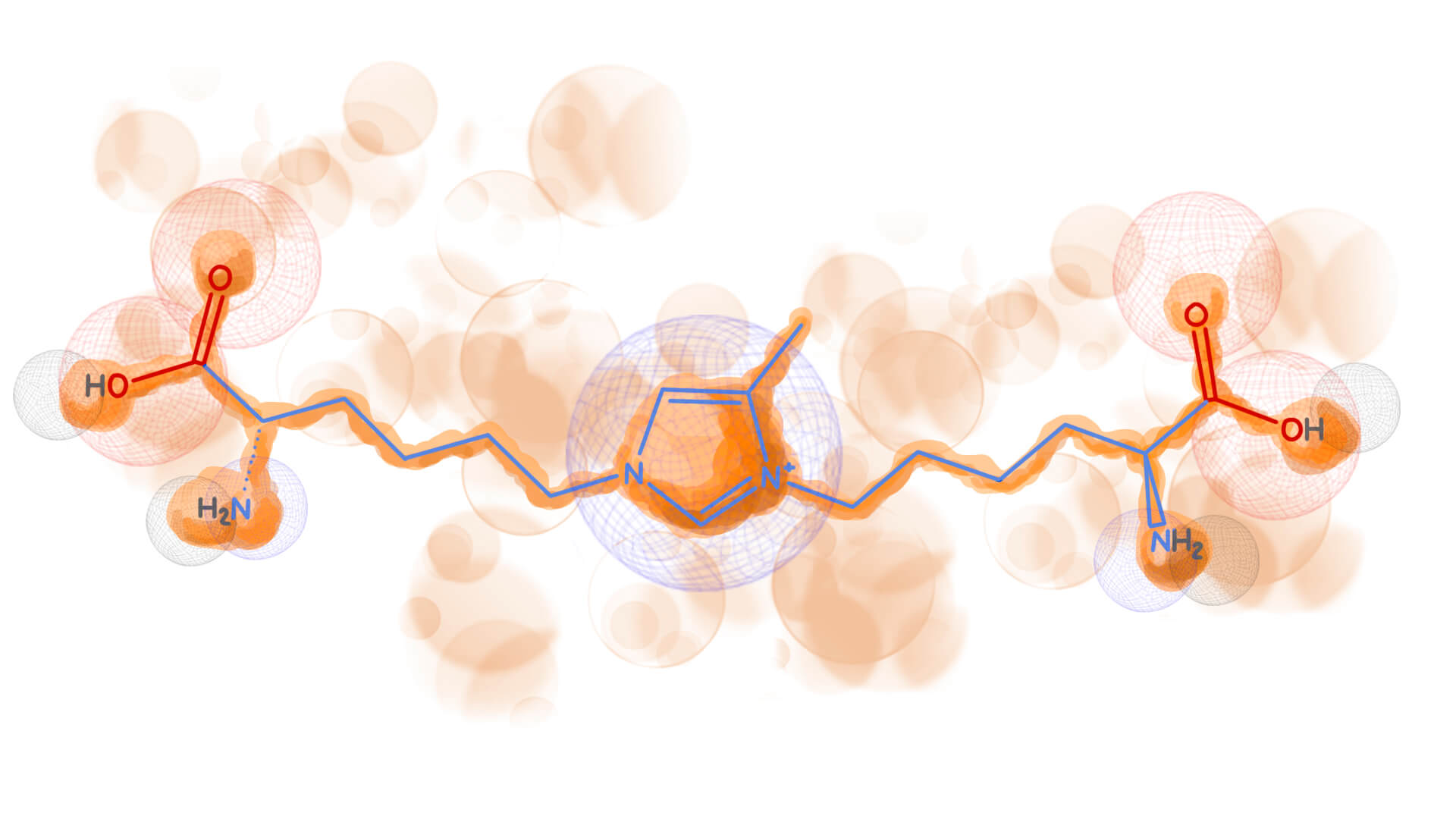

Formula
(click to open the topic)
The product is the result of oxidative processes
Products from which it is formed
Properties
Precursors hypothetically available for pharmacological action
Pentosidine
Degradation of Amadori products + lysine and arginine residues.
Fluorescent (λexc = 335, λem = 385), crosslinks.
Amadori products.
Associations with diseases
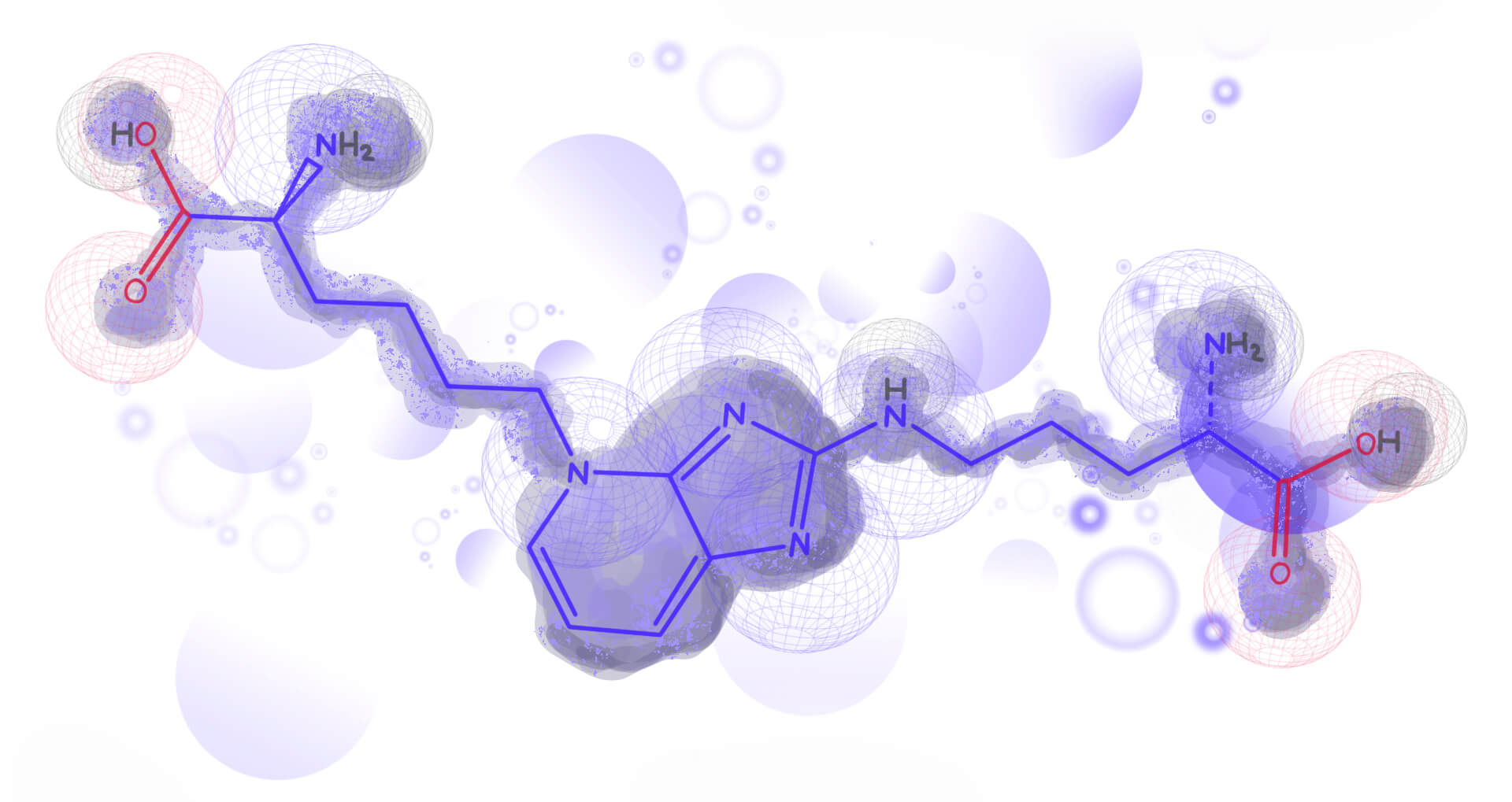

Formula
(click to open the topic)
The product is the result of oxidative processes
Products from which it is formed
Properties
Precursors hypothetically available for pharmacological action
Nε-Carboxyethyllysine (CEL)
Methylglyoxal + lysine residue.
Non-fluorescent, non-crosslinking.
Methylglyoxal.
Associations with diseases


Formula
(click to open the topic)
The product is the result of oxidative processes
Products from which it is formed
Properties
Precursors hypothetically available for pharmacological action
Vesperlysine A, B
Degradation of Amadori products + two lysine residues.
Fluorescent (λexc = 366, λem = 442), crosslinks.
Glyoxal, glycoaldehyde, 3-deoxyglucosone, Amadori products.
Associations with diseases
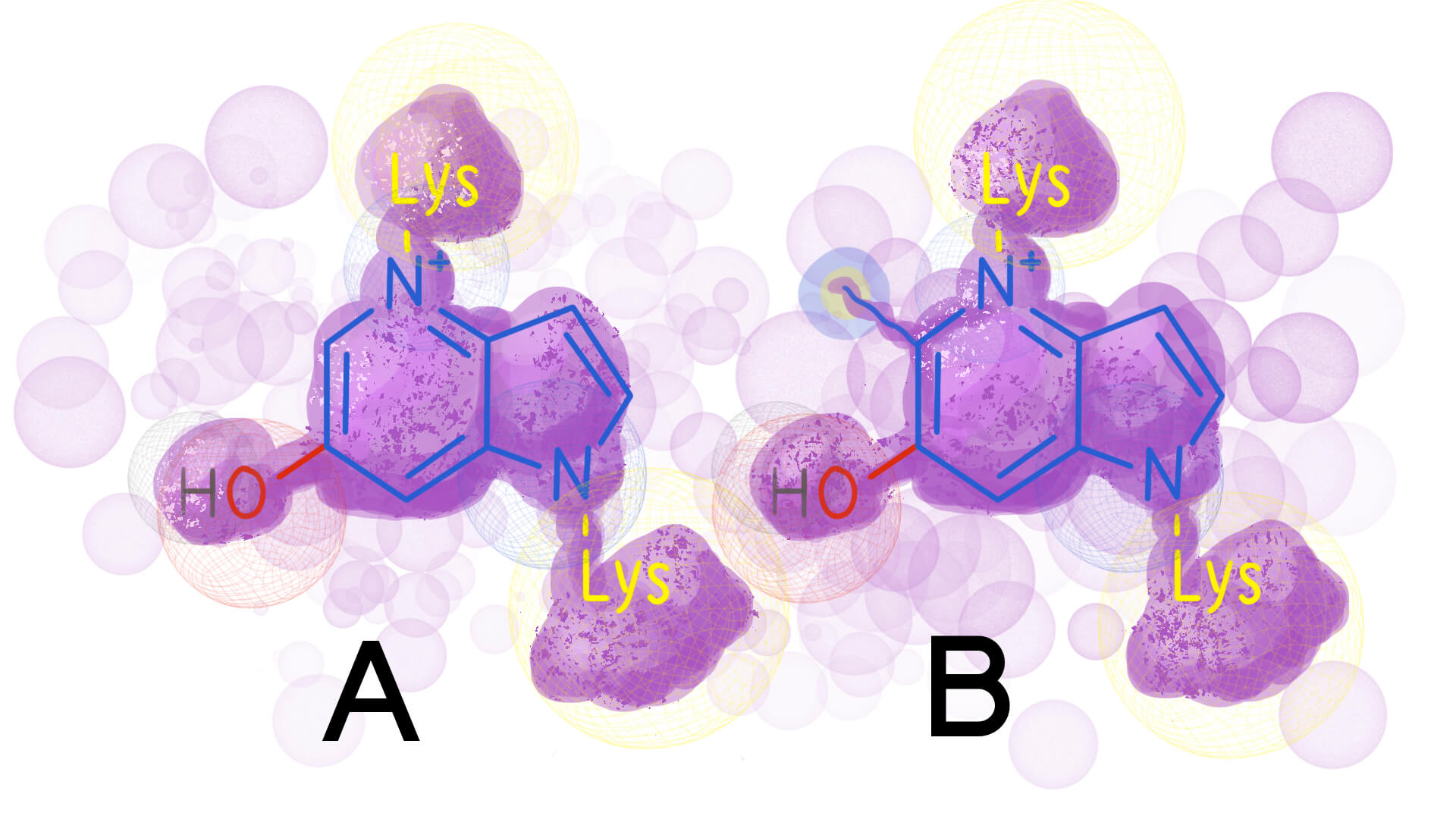
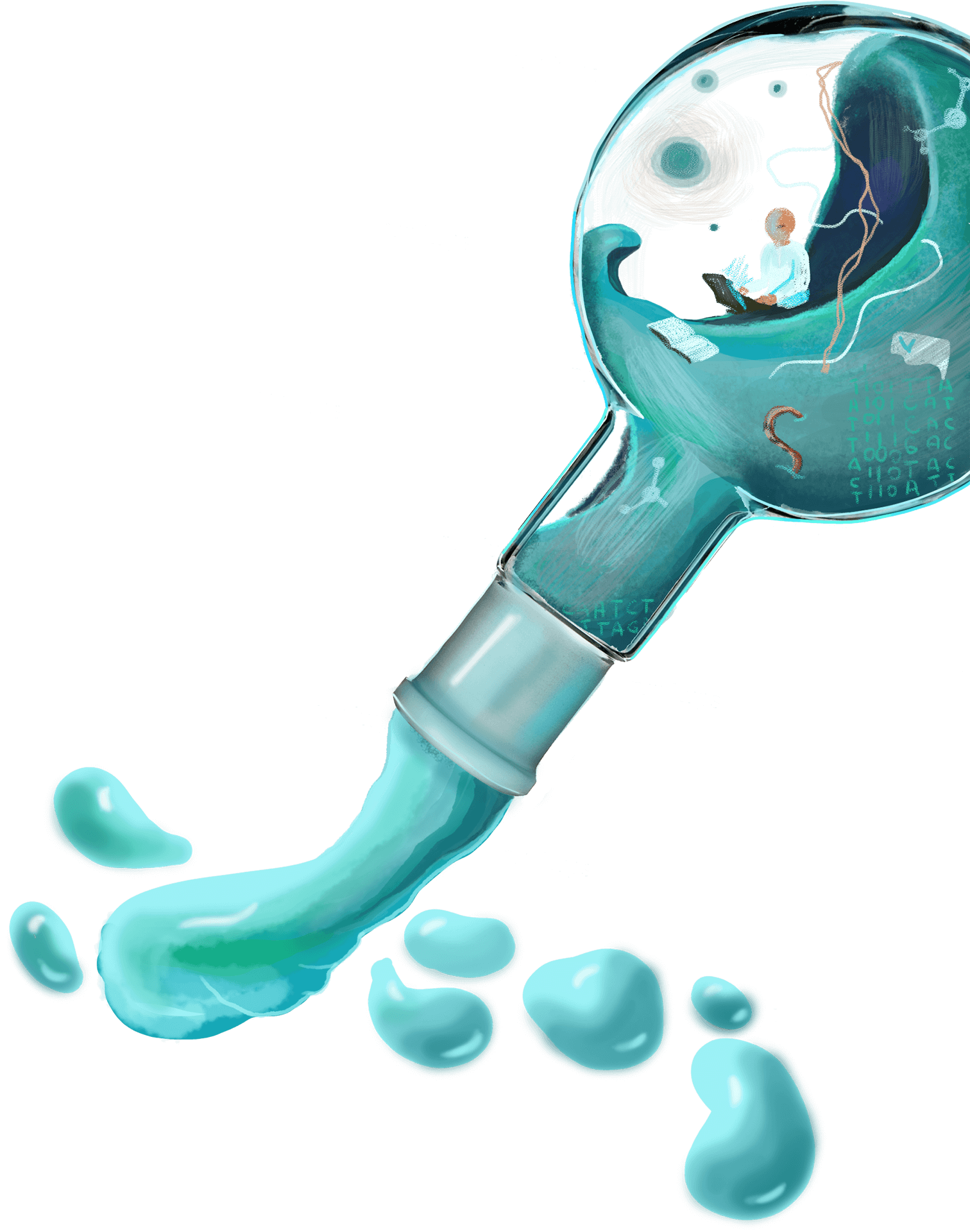
Boston matrix is an open source project dedicated to the combating of extracellular matrix aging. Collaboration with the international expert community is necessary to achieve the fastest possible result. Therefore, we invite scientific groups and other specialists from all over the world to participate in our endeavour. Join us If you share our philosophy and vision. Currently, BM develops two approaches: one of them is breaking crosslinks of matrix proteins, and the other is preventing the negative effects of crosslink formation. We strive for open collaboration with the global expert community to achieve the fastest results possible.
We are building a bioinformatic platform for screening molecules — "expanding" intermediate and endproducts of glycation (AGE), with subsequent validation in cell cultures and model animals.
In parallel, we are working on the screening and development of RAGE (receptor for advanced glycation endproducts) blocking molecules, through which AGEs induce inflammation and tissue degeneration.
About Our Project
The results of the project will form the basis for the development of a drug with a double protective effect: protecting blood circulation and metabolism in the nervous system.
Our solutions
Dynamics of progress in the development of our ECM protective and rejuvenating products.
clinical trials
in silico
analysis of candidate molecules
in vivo
pre-clinical
Anti AGEs
More →
RAGE-inhibitors

in vitro
chemical synthesis
model adaptation
screening
Anti advanced glycation end-products (Anti AGEs)
Company (and founders)
Boston Matrix.
Project name
Anti advanced glycation end-products (Anti AGEs).
AGE mitigation approach type
Identification of natural and synthetic compounds with antiglycating, deglycating, activity, as well as the potential to destroy crosslinks.
Brief description of the approach and the drug itself
Broadband in vitro analysis of the activity of compounds obtained as a result of chemical organic synthesis (analogs of alagebrium and new compounds), as well as natural compounds from various classes (flavonoids, analogs of fatty acids, etc.).
Scientific publications →
Scientific publications →
Screening reports →
Boston Matrix.
Project name
Anti advanced glycation end-products (Anti AGEs).
AGE mitigation approach type
Identification of natural and synthetic compounds with antiglycating, deglycating, activity, as well as the potential to destroy crosslinks.
Brief description of the approach and the drug itself
Broadband in vitro analysis of the activity of compounds obtained as a result of chemical organic synthesis (analogs of alagebrium and new compounds), as well as natural compounds from various classes (flavonoids, analogs of fatty acids, etc.).
Scientific publications →
Scientific publications →
Screening reports →
RAGE-inhibitors
Company (and founders)
Boston Matrix.
Project name
RAGE-inhibitors.
AGE mitigation approach type
Modeling and synthesis of non-toxic small molecules with the ability to act as RAGE receptor blockers.
Brief description of the approach and the drug itself
In silico, and subsequently in vitro study for the presence of RAGE-inhibiting properties of new synthetic compounds.
Scientific publications →
Boston Matrix.
Project name
RAGE-inhibitors.
AGE mitigation approach type
Modeling and synthesis of non-toxic small molecules with the ability to act as RAGE receptor blockers.
Brief description of the approach and the drug itself
In silico, and subsequently in vitro study for the presence of RAGE-inhibiting properties of new synthetic compounds.
Scientific publications →
GlycoSENS therapeutics
Company (and founders)
Revel Pharmaceuticals (Kizoo, SENS Research Foundation, Yale University).
Project name
GlycoSENS therapeutics.
AGE mitigation approach type
Creation of molecules that break down glycation products and glucosepane (glucosepane-cleaving drugs, AGE-cleaving therapeutics).
Brief description of the approach and the drug itself
First, a molecule of glucosepane (AGE-advanced glycation end product) was synthesized. Then, the development of antibodies to the glucosepane molecule and the selection of a bacterial enzyme that breaks down glucosepane cross-links in extracellular matrix proteins.
Scientific publications →
Website →
Revel Pharmaceuticals (Kizoo, SENS Research Foundation, Yale University).
Project name
GlycoSENS therapeutics.
AGE mitigation approach type
Creation of molecules that break down glycation products and glucosepane (glucosepane-cleaving drugs, AGE-cleaving therapeutics).
Brief description of the approach and the drug itself
First, a molecule of glucosepane (AGE-advanced glycation end product) was synthesized. Then, the development of antibodies to the glucosepane molecule and the selection of a bacterial enzyme that breaks down glucosepane cross-links in extracellular matrix proteins.
Scientific publications →
Website →
GLYLO
Company (and founders)
Juvify (Juvify, Buck Institute).
Project name
GLYLO.
AGE mitigation approach type
Formulation of a nutritional supplement containing nutrients that reduce the accumulation of glycation products (and the treatment of other pathological conditions, such as diabetes).
Brief description of the approach and the drug itself
GLYLO is a food supplement that improves overall health and quality of life. Especially indicated during therapeutic fasting. The composition includes such molecules as: lipoic acid, nicotinamide, thiamine (vitamin B1), pyridoxine (vitamin B6), piperine. Lipoic acid, thiamine, pyridoxine in the composition of the drug resist the formation of glycation products in the proteins of the extracellular matrix. The purpose of the drug is the products of glucose metabolism, for example, methylglyoxal-- it is this molecule that is the target for the drug. The drug/supplement is indicated for the following pathological conditions: diabetes, Parkinson’s disease, Alzheimer’s disease, cardiovascular diseases, since in all of these syndromes, glycation products accumulate.
Publications on the effectiveness of anti-glycation ingredients:
First publication →
Second publication →
Third publication →
Publications on the effectiveness of anti-glycation ingredient →
Website →
Juvify (Juvify, Buck Institute).
Project name
GLYLO.
AGE mitigation approach type
Formulation of a nutritional supplement containing nutrients that reduce the accumulation of glycation products (and the treatment of other pathological conditions, such as diabetes).
Brief description of the approach and the drug itself
GLYLO is a food supplement that improves overall health and quality of life. Especially indicated during therapeutic fasting. The composition includes such molecules as: lipoic acid, nicotinamide, thiamine (vitamin B1), pyridoxine (vitamin B6), piperine. Lipoic acid, thiamine, pyridoxine in the composition of the drug resist the formation of glycation products in the proteins of the extracellular matrix. The purpose of the drug is the products of glucose metabolism, for example, methylglyoxal-- it is this molecule that is the target for the drug. The drug/supplement is indicated for the following pathological conditions: diabetes, Parkinson’s disease, Alzheimer’s disease, cardiovascular diseases, since in all of these syndromes, glycation products accumulate.
Publications on the effectiveness of anti-glycation ingredients:
First publication →
Second publication →
Third publication →
Publications on the effectiveness of anti-glycation ingredient →
Website →
Azeliragon
Company (and founders)
vTv Therapeutics LLC (Cantex Pharmaceuticals).
Project name
Azeliragon.
AGE mitigation approach type
Creating an antagonist of RAGE (receptor of advanced glycation end product).
Brief description of the approach and the drug itself
Azeliragon is a small molecule, oral small molecule inhibitor / blocker of the receptor for advanced glycation end products (RAGE). RAGE in cancer cells interacts with ligands-- proteins HMGB1 and S100. Azeliragon, in turn, inhibits this interaction. Passed safety stage (I) in human clinical trials.
Planned clinical trials →
Website →
Second website →
vTv Therapeutics LLC (Cantex Pharmaceuticals).
Project name
Azeliragon.
AGE mitigation approach type
Creating an antagonist of RAGE (receptor of advanced glycation end product).
Brief description of the approach and the drug itself
Azeliragon is a small molecule, oral small molecule inhibitor / blocker of the receptor for advanced glycation end products (RAGE). RAGE in cancer cells interacts with ligands-- proteins HMGB1 and S100. Azeliragon, in turn, inhibits this interaction. Passed safety stage (I) in human clinical trials.
Planned clinical trials →
Website →
Second website →

Fundraising
Significant resources are required for focused research on the selection of substances that prevent extracellular matrix aging, and on the reduction of the negative effects of glycation. You can support our Anti AGEs project by donation, or by sharing information about it on social media.
Bitcoin:
1CSGWempg5rmkvN4rHFEXrSCATicjamFcz
Ethereum, USDT, USDC, DAI (ERC20):
0x2ab2D4D20872eE5aa7995a791E80026dECa14EdD
Bitcoin:
1CSGWempg5rmkvN4rHFEXrSCATicjamFcz
Ethereum, USDT, USDC, DAI (ERC20):
0x2ab2D4D20872eE5aa7995a791E80026dECa14EdD

Fundraising
Significant resources are required for focused research on the selection of substances that prevent extracellular matrix aging, and on the reduction of the negative effects of glycation. You can support our RAGE-inhibitors project by donation, or by sharing information about it on social media.
Bitcoin:
1EiFTPFRZr2rTCNJfPaaBR4TrbiTzh6axp
Ethereum, USDT, USDC, DAI (ERC20):
0x61d308B2f8A352C5d7a0f05649B5E0A534042CBb
Bitcoin:
1EiFTPFRZr2rTCNJfPaaBR4TrbiTzh6axp
Ethereum, USDT, USDC, DAI (ERC20):
0x61d308B2f8A352C5d7a0f05649B5E0A534042CBb
Anti AGEs: breaking crosslinks and adducts
Testing the molecules in cell cultures on a glycated collagen matrix
Bioinformatic screening of candidate molecules
Modeling the formation of crosslinks and adducts
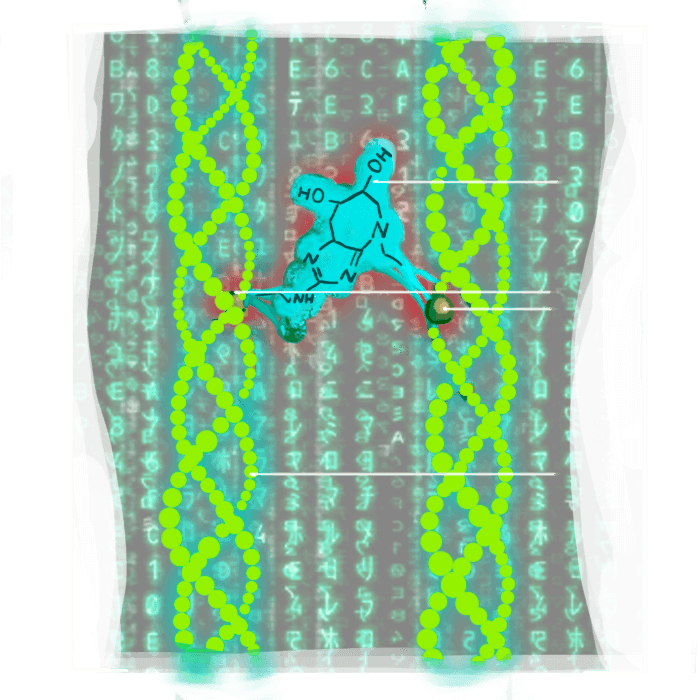


Testing on model animals

Clinical trials

RAGE-inhibitors: receptor blockers
Testing the molecules in cell cultures in the presence of AGE
AGE-based pharmacological blocker design
In Silico modeling the interaction between AGE and RAGE
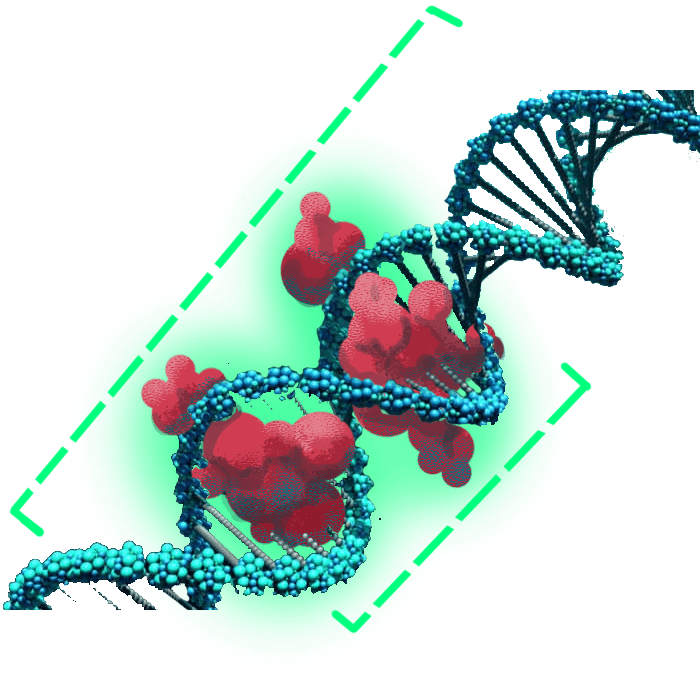

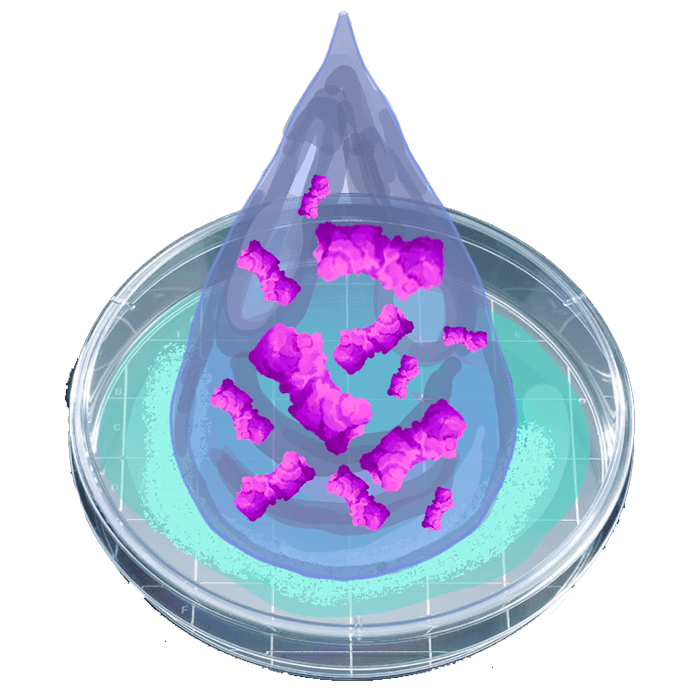
Testing on model animals
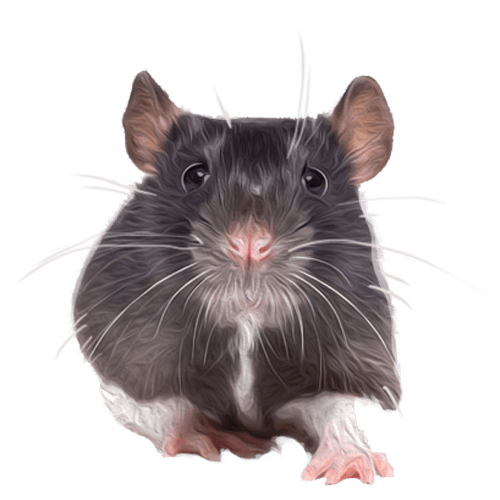
Clinical trials











Collaborations and Microgrants
Boston Matrix is an open-source project and we are interested in connecting with scientists of various specializations to jointly approach the problem of ECM cross-links. We also provide micro-grants for collaborative research to fight the aging of the ECM.
Team
- Roman Litvinov, M.D., Ph.D.Head of Research
- Nikita ValuyskiyResearcher
- Marina GashevaResearcher
- Timofey Glinin, Ph.D.CSO, Open Longevity
- Anastasia EgorovaCEO, Open Longevity
- Konstantin DremovCBDO
- Dora BataevaBiotech analyst, Representative in Toronto, Canada
- Svetlana Bozrova, Ph.D.Biologist, Leading researcher
- Mikhail BatinFounder
- Anastasia ShubinaCreative concept developer
- Azur JamesTranslator
Contacts


15260 Ventura Blvd, STE 2230, Sherman Oaks, CA 91403. Open Longevity department
Политика в отношении обработки персональных данных
1. Общие положения
Настоящая политика обработки персональных данных составлена в соответствии с требованиями Федерального закона от 27.07.2006. №152-ФЗ «О персональных данных» (далее - Закон о персональных данных) и определяет порядок обработки персональных данных и меры по обеспечению безопасности персональных данных, предпринимаемые Общество с ограниченной ответственностью «ЛИГА ДОЛГОЖИТЕЛЕЙ» (далее – Оператор).
1.1. Оператор ставит своей важнейшей целью и условием осуществления своей деятельности соблюдение прав и свобод человека и гражданина при обработке его персональных данных, в том числе защиты прав на неприкосновенность частной жизни, личную и семейную тайну.
1.2. Настоящая политика Оператора в отношении обработки персональных данных (далее – Политика) применяется ко всей информации, которую Оператор может получить о посетителях веб-сайта https://bostonmatrix.org/.
2. Основные понятия, используемые в Политике
2.1. Автоматизированная обработка персональных данных – обработка персональных данных с помощью средств вычислительной техники.
2.2. Блокирование персональных данных – временное прекращение обработки персональных данных (за исключением случаев, если обработка необходима для уточнения персональных данных).
2.3. Веб-сайт – совокупность графических и информационных материалов, а также программ для ЭВМ и баз данных, обеспечивающих их доступность в сети интернет по сетевому адресу https://bostonmatrix.org/.
2.4. Информационная система персональных данных — совокупность содержащихся в базах данных персональных данных, и обеспечивающих их обработку информационных технологий и технических средств.
2.5. Обезличивание персональных данных — действия, в результате которых невозможно определить без использования дополнительной информации принадлежность персональных данных конкретному Пользователю или иному субъекту персональных данных.
2.6. Обработка персональных данных – любое действие (операция) или совокупность действий (операций), совершаемых с использованием средств автоматизации или без использования таких средств с персональными данными, включая сбор, запись, систематизацию, накопление, хранение, уточнение (обновление, изменение), извлечение, использование, передачу (распространение, предоставление, доступ), обезличивание, блокирование, удаление, уничтожение персональных данных.
2.7. Оператор – государственный орган, муниципальный орган, юридическое или физическое лицо, самостоятельно или совместно с другими лицами организующие и (или) осуществляющие обработку персональных данных, а также определяющие цели обработки персональных данных, состав персональных данных, подлежащих обработке, действия (операции), совершаемые с персональными данными.
2.8. Персональные данные – любая информация, относящаяся прямо или косвенно к определенному или определяемому Пользователю веб-сайта https://bostonmatrix.org/.
2.9. Персональные данные, разрешенные субъектом персональных данных для распространения, - персональные данные, доступ неограниченного круга лиц к которым предоставлен субъектом персональных данных путем дачи согласия на обработку персональных данных, разрешенных субъектом персональных данных для распространения в порядке, предусмотренном Законом о персональных данных (далее - персональные данные, разрешенные для распространения).
2.10. Пользователь – любой посетитель веб-сайта https://bostonmatrix.org/.
2.11. Предоставление персональных данных – действия, направленные на раскрытие персональных данных определенному лицу или определенному кругу лиц.
2.12. Распространение персональных данных – любые действия, направленные на раскрытие персональных данных неопределенному кругу лиц (передача персональных данных) или на ознакомление с персональными данными неограниченного круга лиц, в том числе обнародование персональных данных в средствах массовой информации, размещение в информационно-телекоммуникационных сетях или предоставление доступа к персональным данным каким-либо иным способом.
2.13. Трансграничная передача персональных данных – передача персональных данных на территорию иностранного государства органу власти иностранного государства, иностранному физическому или иностранному юридическому лицу.
2.14. Уничтожение персональных данных – любые действия, в результате которых персональные данные уничтожаются безвозвратно с невозможностью дальнейшего восстановления содержания персональных данных в информационной системе персональных данных и (или) уничтожаются материальные носители персональных данных.
3. Основные права и обязанности Оператора
3.1. Оператор имеет право:
– получать от субъекта персональных данных достоверные информацию и/или документы, содержащие персональные данные;
– в случае отзыва субъектом персональных данных согласия на обработку персональных данных Оператор вправе продолжить обработку персональных данных без согласия субъекта персональных данных при наличии оснований, указанных в Законе о персональных данных;
– самостоятельно определять состав и перечень мер, необходимых и достаточных для обеспечения выполнения обязанностей, предусмотренных Законом о персональных данных и принятыми в соответствии с ним нормативными правовыми актами, если иное не предусмотрено Законом о персональных данных или другими федеральными законами.
3.2. Оператор обязан:
– предоставлять субъекту персональных данных по его просьбе информацию, касающуюся обработки его персональных данных;
– организовывать обработку персональных данных в порядке, установленном действующим законодательством РФ;
– отвечать на обращения и запросы субъектов персональных данных и их законных представителей в соответствии с требованиями Закона о персональных данных;
– сообщать в уполномоченный орган по защите прав субъектов персональных данных по запросу этого органа необходимую информацию в течение 30 дней с даты получения такого запроса;
– публиковать или иным образом обеспечивать неограниченный доступ к настоящей Политике в отношении обработки персональных данных;
– принимать правовые, организационные и технические меры для защиты персональных данных от неправомерного или случайного доступа к ним, уничтожения, изменения, блокирования, копирования, предоставления, распространения персональных данных, а также от иных неправомерных действий в отношении персональных данных;
– прекратить передачу (распространение, предоставление, доступ) персональных данных, прекратить обработку и уничтожить персональные данные в порядке и случаях, предусмотренных Законом о персональных данных;
– исполнять иные обязанности, предусмотренные Законом о персональных данных.
4. Основные права и обязанности субъектов персональных данных
4.1. Субъекты персональных данных имеют право:
– получать информацию, касающуюся обработки его персональных данных, за исключением случаев, предусмотренных федеральными законами. Сведения предоставляются субъекту персональных данных Оператором в доступной форме, и в них не должны содержаться персональные данные, относящиеся к другим субъектам персональных данных, за исключением случаев, когда имеются законные основания для раскрытия таких персональных данных. Перечень информации и порядок ее получения установлен Законом о персональных данных;
– требовать от оператора уточнения его персональных данных, их блокирования или уничтожения в случае, если персональные данные являются неполными, устаревшими, неточными, незаконно полученными или не являются необходимыми для заявленной цели обработки, а также принимать предусмотренные законом меры по защите своих прав;
– выдвигать условие предварительного согласия при обработке персональных данных в целях продвижения на рынке товаров, работ и услуг;
– на отзыв согласия на обработку персональных данных;
– обжаловать в уполномоченный орган по защите прав субъектов персональных данных или в судебном порядке неправомерные действия или бездействие Оператора при обработке его персональных данных;
– на осуществление иных прав, предусмотренных законодательством РФ.
4.2. Субъекты персональных данных обязаны:
– предоставлять Оператору достоверные данные о себе;
– сообщать Оператору об уточнении (обновлении, изменении) своих персональных данных.
4.3. Лица, передавшие Оператору недостоверные сведения о себе, либо сведения о другом субъекте персональных данных без согласия последнего, несут ответственность в соответствии с законодательством РФ.
5. Оператор может обрабатывать следующие персональные данные Пользователя
5.1. Фамилия, имя, отчество.
5.2. Электронный адрес.
5.3. Номера телефонов.
5.4. название компании; интересующий вопрос или предложения.
5.5. Также на сайте происходит сбор и обработка обезличенных данных о посетителях (в т.ч. файлов «cookie») с помощью сервисов интернет-статистики (Яндекс Метрика и Гугл Аналитика и других).
5.6. Вышеперечисленные данные далее по тексту Политики объединены общим понятием Персональные данные.
5.7. Обработка специальных категорий персональных данных, касающихся расовой, национальной принадлежности, политических взглядов, религиозных или философских убеждений, интимной жизни, Оператором не осуществляется.
5.8. Обработка персональных данных, разрешенных для распространения, из числа специальных категорий персональных данных, указанных в ч. 1 ст. 10 Закона о персональных данных, допускается, если соблюдаются запреты и условия, предусмотренные ст. 10.1 Закона о персональных данных.
5.9. Согласие Пользователя на обработку персональных данных, разрешенных для распространения, оформляется отдельно от других согласий на обработку его персональных данных. При этом соблюдаются условия, предусмотренные, в частности, ст. 10.1 Закона о персональных данных. Требования к содержанию такого согласия устанавливаются уполномоченным органом по защите прав субъектов персональных данных.
5.9.1 Согласие на обработку персональных данных, разрешенных для распространения, Пользователь предоставляет Оператору непосредственно.
5.9.2 Оператор обязан в срок не позднее трех рабочих дней с момента получения указанного согласия Пользователя опубликовать информацию об условиях обработки, о наличии запретов и условий на обработку неограниченным кругом лиц персональных данных, разрешенных для распространения.
5.9.3 Передача (распространение, предоставление, доступ) персональных данных, разрешенных субъектом персональных данных для распространения, должна быть прекращена в любое время по требованию субъекта персональных данных. Данное требование должно включать в себя фамилию, имя, отчество (при наличии), контактную информацию (номер телефона, адрес электронной почты или почтовый адрес) субъекта персональных данных, а также перечень персональных данных, обработка которых подлежит прекращению. Указанные в данном требовании персональные данные могут обрабатываться только Оператором, которому оно направлено.
5.9.4 Согласие на обработку персональных данных, разрешенных для распространения, прекращает свое действие с момента поступления Оператору требования, указанного в п. 5.9.3 настоящей Политики в отношении обработки персональных данных.
6. Принципы обработки персональных данных
6.1. Обработка персональных данных осуществляется на законной и справедливой основе.
6.2. Обработка персональных данных ограничивается достижением конкретных, заранее определенных и законных целей. Не допускается обработка персональных данных, несовместимая с целями сбора персональных данных.
6.3. Не допускается объединение баз данных, содержащих персональные данные, обработка которых осуществляется в целях, несовместимых между собой.
6.4. Обработке подлежат только персональные данные, которые отвечают целям их обработки.
6.5. Содержание и объем обрабатываемых персональных данных соответствуют заявленным целям обработки. Не допускается избыточность обрабатываемых персональных данных по отношению к заявленным целям их обработки.
6.6. При обработке персональных данных обеспечивается точность персональных данных, их достаточность, а в необходимых случаях и актуальность по отношению к целям обработки персональных данных. Оператор принимает необходимые меры и/или обеспечивает их принятие по удалению или уточнению неполных или неточных данных.
6.7. Хранение персональных данных осуществляется в форме, позволяющей определить субъекта персональных данных, не дольше, чем этого требуют цели обработки персональных данных, если срок хранения персональных данных не установлен федеральным законом, договором, стороной которого, выгодоприобретателем или поручителем по которому является субъект персональных данных. Обрабатываемые персональные данные уничтожаются либо обезличиваются по достижении целей обработки или в случае утраты необходимости в достижении этих целей, если иное не предусмотрено федеральным законом.
7. Цели обработки персональных данных
7.1. Цель обработки персональных данных Пользователя:
– информирование Пользователя посредством отправки электронных писем;
– информирование Пользователя посредством отправки сообщений смс и в мессенджерах; информирование Пользователя посредством звонков.
7.2. Также Оператор имеет право направлять Пользователю уведомления о новых продуктах и услугах, специальных предложениях и различных событиях. Пользователь всегда может отказаться от получения информационных сообщений, направив Оператору письмо на адрес электронной почты Info@bostonmatrix.org с пометкой «Отказ от уведомлений о новых продуктах и услугах и специальных предложениях».
7.3. Обезличенные данные Пользователей, собираемые с помощью сервисов интернет-статистики, служат для сбора информации о действиях Пользователей на сайте, улучшения качества сайта и его содержания.
8. Правовые основания обработки персональных данных
8.1. Правовыми основаниями обработки персональных данных Оператором являются:
– договоры, заключаемые между оператором и субъектом персональных данных;
– федеральные законы, иные нормативно-правовые акты в сфере защиты персональных данных;
– согласия Пользователей на обработку их персональных данных, на обработку персональных данных, разрешенных для распространения.
8.2. Оператор обрабатывает персональные данные Пользователя только в случае их заполнения и/или отправки Пользователем самостоятельно через специальные формы, расположенные на сайте https://bostonmatrix.org/ или направленные Оператору посредством электронной почты. Заполняя соответствующие формы и/или отправляя свои персональные данные Оператору, Пользователь выражает свое согласие с данной Политикой.
8.3. Оператор обрабатывает обезличенные данные о Пользователе в случае, если это разрешено в настройках браузера Пользователя (включено сохранение файлов «cookie» и использование технологии JavaScript).
8.4. Субъект персональных данных самостоятельно принимает решение о предоставлении его персональных данных и дает согласие свободно, своей волей и в своем интересе.
9. Условия обработки персональных данных
9.1. Обработка персональных данных осуществляется с согласия субъекта персональных данных на обработку его персональных данных.
9.2. Обработка персональных данных необходима для достижения целей, предусмотренных международным договором Российской Федерации или законом, для осуществления возложенных законодательством Российской Федерации на оператора функций, полномочий и обязанностей.
9.3. Обработка персональных данных необходима для осуществления правосудия, исполнения судебного акта, акта другого органа или должностного лица, подлежащих исполнению в соответствии с законодательством Российской Федерации об исполнительном производстве.
9.4. Обработка персональных данных необходима для исполнения договора, стороной которого либо выгодоприобретателем или поручителем по которому является субъект персональных данных, а также для заключения договора по инициативе субъекта персональных данных или договора, по которому субъект персональных данных будет являться выгодоприобретателем или поручителем.
9.5. Обработка персональных данных необходима для осуществления прав и законных интересов оператора или третьих лиц либо для достижения общественно значимых целей при условии, что при этом не нарушаются права и свободы субъекта персональных данных.
9.6. Осуществляется обработка персональных данных, доступ неограниченного круга лиц к которым предоставлен субъектом персональных данных либо по его просьбе (далее – общедоступные персональные данные).
9.7. Осуществляется обработка персональных данных, подлежащих опубликованию или обязательному раскрытию в соответствии с федеральным законом.
10. Порядок сбора, хранения, передачи и других видов обработки персональных данных
Безопасность персональных данных, которые обрабатываются Оператором, обеспечивается путем реализации правовых, организационных и технических мер, необходимых для выполнения в полном объеме требований действующего законодательства в области защиты персональных данных.
10.1. Оператор обеспечивает сохранность персональных данных и принимает все возможные меры, исключающие доступ к персональным данным неуполномоченных лиц.
10.2. Персональные данные Пользователя никогда, ни при каких условиях не будут переданы третьим лицам, за исключением случаев, связанных с исполнением действующего законодательства либо в случае, если субъектом персональных данных дано согласие Оператору на передачу данных третьему лицу для исполнения обязательств по гражданско-правовому договору.
10.3. В случае выявления неточностей в персональных данных, Пользователь может актуализировать их самостоятельно, путем направления Оператору уведомление на адрес электронной почты Оператора Info@bostonmatrix.org с пометкой «Актуализация персональных данных».
10.4. Срок обработки персональных данных определяется достижением целей, для которых были собраны персональные данные, если иной срок не предусмотрен договором или действующим законодательством.
Пользователь может в любой момент отозвать свое согласие на обработку персональных данных, направив Оператору уведомление посредством электронной почты на электронный адрес Оператора Info@bostonmatrix.org с пометкой «Отзыв согласия на обработку персональных данных».
10.5. Вся информация, которая собирается сторонними сервисами, в том числе платежными системами, средствами связи и другими поставщиками услуг, хранится и обрабатывается указанными лицами (Операторами) в соответствии с их Пользовательским соглашением и Политикой конфиденциальности. Субъект персональных данных и/или Пользователь обязан самостоятельно своевременно ознакомиться с указанными документами. Оператор не несет ответственность за действия третьих лиц, в том числе указанных в настоящем пункте поставщиков услуг.
10.6. Установленные субъектом персональных данных запреты на передачу (кроме предоставления доступа), а также на обработку или условия обработки (кроме получения доступа) персональных данных, разрешенных для распространения, не действуют в случаях обработки персональных данных в государственных, общественных и иных публичных интересах, определенных законодательством РФ.
10.7. Оператор при обработке персональных данных обеспечивает конфиденциальность персональных данных.
10.8. Оператор осуществляет хранение персональных данных в форме, позволяющей определить субъекта персональных данных, не дольше, чем этого требуют цели обработки персональных данных, если срок хранения персональных данных не установлен федеральным законом, договором, стороной которого, выгодоприобретателем или поручителем по которому является субъект персональных данных.
10.9. Условием прекращения обработки персональных данных может являться достижение целей обработки персональных данных, истечение срока действия согласия субъекта персональных данных или отзыв согласия субъектом персональных данных, а также выявление неправомерной обработки персональных данных.
11. Перечень действий, производимых Оператором с полученными персональными данными
11.1. Оператор осуществляет сбор, запись, систематизацию, накопление, хранение, уточнение (обновление, изменение), извлечение, использование, передачу (распространение, предоставление, доступ), обезличивание, блокирование, удаление и уничтожение персональных данных.
11.2. Оператор осуществляет автоматизированную обработку персональных данных с получением и/или передачей полученной информации по информационно-телекоммуникационным сетям или без таковой.
12. Трансграничная передача персональных данных
12.1. Оператор до начала осуществления трансграничной передачи персональных данных обязан убедиться в том, что иностранным государством, на территорию которого предполагается осуществлять передачу персональных данных, обеспечивается надежная защита прав субъектов персональных данных.
12.2. Трансграничная передача персональных данных на территории иностранных государств, не отвечающих вышеуказанным требованиям, может осуществляться только в случае наличия согласия в письменной форме субъекта персональных данных на трансграничную передачу его персональных данных и/или исполнения договора, стороной которого является субъект персональных данных.
13. Конфиденциальность персональных данных
Оператор и иные лица, получившие доступ к персональным данным, обязаны не раскрывать третьим лицам и не распространять персональные данные без согласия субъекта персональных данных, если иное не предусмотрено федеральным законом.
14. Заключительные положения
14.1. Пользователь может получить любые разъяснения по интересующим вопросам, касающимся обработки его персональных данных, обратившись к Оператору с помощью электронной почты Info@bostonmatrix.org.
14.2. В данном документе будут отражены любые изменения политики обработки персональных данных Оператором. Политика действует бессрочно до замены ее новой версией.
14.3. Актуальная версия Политики в свободном доступе расположена в сети Интернет по адресу https://bostonmatrix.org/confident.
Настоящая политика обработки персональных данных составлена в соответствии с требованиями Федерального закона от 27.07.2006. №152-ФЗ «О персональных данных» (далее - Закон о персональных данных) и определяет порядок обработки персональных данных и меры по обеспечению безопасности персональных данных, предпринимаемые Общество с ограниченной ответственностью «ЛИГА ДОЛГОЖИТЕЛЕЙ» (далее – Оператор).
1.1. Оператор ставит своей важнейшей целью и условием осуществления своей деятельности соблюдение прав и свобод человека и гражданина при обработке его персональных данных, в том числе защиты прав на неприкосновенность частной жизни, личную и семейную тайну.
1.2. Настоящая политика Оператора в отношении обработки персональных данных (далее – Политика) применяется ко всей информации, которую Оператор может получить о посетителях веб-сайта https://bostonmatrix.org/.
2. Основные понятия, используемые в Политике
2.1. Автоматизированная обработка персональных данных – обработка персональных данных с помощью средств вычислительной техники.
2.2. Блокирование персональных данных – временное прекращение обработки персональных данных (за исключением случаев, если обработка необходима для уточнения персональных данных).
2.3. Веб-сайт – совокупность графических и информационных материалов, а также программ для ЭВМ и баз данных, обеспечивающих их доступность в сети интернет по сетевому адресу https://bostonmatrix.org/.
2.4. Информационная система персональных данных — совокупность содержащихся в базах данных персональных данных, и обеспечивающих их обработку информационных технологий и технических средств.
2.5. Обезличивание персональных данных — действия, в результате которых невозможно определить без использования дополнительной информации принадлежность персональных данных конкретному Пользователю или иному субъекту персональных данных.
2.6. Обработка персональных данных – любое действие (операция) или совокупность действий (операций), совершаемых с использованием средств автоматизации или без использования таких средств с персональными данными, включая сбор, запись, систематизацию, накопление, хранение, уточнение (обновление, изменение), извлечение, использование, передачу (распространение, предоставление, доступ), обезличивание, блокирование, удаление, уничтожение персональных данных.
2.7. Оператор – государственный орган, муниципальный орган, юридическое или физическое лицо, самостоятельно или совместно с другими лицами организующие и (или) осуществляющие обработку персональных данных, а также определяющие цели обработки персональных данных, состав персональных данных, подлежащих обработке, действия (операции), совершаемые с персональными данными.
2.8. Персональные данные – любая информация, относящаяся прямо или косвенно к определенному или определяемому Пользователю веб-сайта https://bostonmatrix.org/.
2.9. Персональные данные, разрешенные субъектом персональных данных для распространения, - персональные данные, доступ неограниченного круга лиц к которым предоставлен субъектом персональных данных путем дачи согласия на обработку персональных данных, разрешенных субъектом персональных данных для распространения в порядке, предусмотренном Законом о персональных данных (далее - персональные данные, разрешенные для распространения).
2.10. Пользователь – любой посетитель веб-сайта https://bostonmatrix.org/.
2.11. Предоставление персональных данных – действия, направленные на раскрытие персональных данных определенному лицу или определенному кругу лиц.
2.12. Распространение персональных данных – любые действия, направленные на раскрытие персональных данных неопределенному кругу лиц (передача персональных данных) или на ознакомление с персональными данными неограниченного круга лиц, в том числе обнародование персональных данных в средствах массовой информации, размещение в информационно-телекоммуникационных сетях или предоставление доступа к персональным данным каким-либо иным способом.
2.13. Трансграничная передача персональных данных – передача персональных данных на территорию иностранного государства органу власти иностранного государства, иностранному физическому или иностранному юридическому лицу.
2.14. Уничтожение персональных данных – любые действия, в результате которых персональные данные уничтожаются безвозвратно с невозможностью дальнейшего восстановления содержания персональных данных в информационной системе персональных данных и (или) уничтожаются материальные носители персональных данных.
3. Основные права и обязанности Оператора
3.1. Оператор имеет право:
– получать от субъекта персональных данных достоверные информацию и/или документы, содержащие персональные данные;
– в случае отзыва субъектом персональных данных согласия на обработку персональных данных Оператор вправе продолжить обработку персональных данных без согласия субъекта персональных данных при наличии оснований, указанных в Законе о персональных данных;
– самостоятельно определять состав и перечень мер, необходимых и достаточных для обеспечения выполнения обязанностей, предусмотренных Законом о персональных данных и принятыми в соответствии с ним нормативными правовыми актами, если иное не предусмотрено Законом о персональных данных или другими федеральными законами.
3.2. Оператор обязан:
– предоставлять субъекту персональных данных по его просьбе информацию, касающуюся обработки его персональных данных;
– организовывать обработку персональных данных в порядке, установленном действующим законодательством РФ;
– отвечать на обращения и запросы субъектов персональных данных и их законных представителей в соответствии с требованиями Закона о персональных данных;
– сообщать в уполномоченный орган по защите прав субъектов персональных данных по запросу этого органа необходимую информацию в течение 30 дней с даты получения такого запроса;
– публиковать или иным образом обеспечивать неограниченный доступ к настоящей Политике в отношении обработки персональных данных;
– принимать правовые, организационные и технические меры для защиты персональных данных от неправомерного или случайного доступа к ним, уничтожения, изменения, блокирования, копирования, предоставления, распространения персональных данных, а также от иных неправомерных действий в отношении персональных данных;
– прекратить передачу (распространение, предоставление, доступ) персональных данных, прекратить обработку и уничтожить персональные данные в порядке и случаях, предусмотренных Законом о персональных данных;
– исполнять иные обязанности, предусмотренные Законом о персональных данных.
4. Основные права и обязанности субъектов персональных данных
4.1. Субъекты персональных данных имеют право:
– получать информацию, касающуюся обработки его персональных данных, за исключением случаев, предусмотренных федеральными законами. Сведения предоставляются субъекту персональных данных Оператором в доступной форме, и в них не должны содержаться персональные данные, относящиеся к другим субъектам персональных данных, за исключением случаев, когда имеются законные основания для раскрытия таких персональных данных. Перечень информации и порядок ее получения установлен Законом о персональных данных;
– требовать от оператора уточнения его персональных данных, их блокирования или уничтожения в случае, если персональные данные являются неполными, устаревшими, неточными, незаконно полученными или не являются необходимыми для заявленной цели обработки, а также принимать предусмотренные законом меры по защите своих прав;
– выдвигать условие предварительного согласия при обработке персональных данных в целях продвижения на рынке товаров, работ и услуг;
– на отзыв согласия на обработку персональных данных;
– обжаловать в уполномоченный орган по защите прав субъектов персональных данных или в судебном порядке неправомерные действия или бездействие Оператора при обработке его персональных данных;
– на осуществление иных прав, предусмотренных законодательством РФ.
4.2. Субъекты персональных данных обязаны:
– предоставлять Оператору достоверные данные о себе;
– сообщать Оператору об уточнении (обновлении, изменении) своих персональных данных.
4.3. Лица, передавшие Оператору недостоверные сведения о себе, либо сведения о другом субъекте персональных данных без согласия последнего, несут ответственность в соответствии с законодательством РФ.
5. Оператор может обрабатывать следующие персональные данные Пользователя
5.1. Фамилия, имя, отчество.
5.2. Электронный адрес.
5.3. Номера телефонов.
5.4. название компании; интересующий вопрос или предложения.
5.5. Также на сайте происходит сбор и обработка обезличенных данных о посетителях (в т.ч. файлов «cookie») с помощью сервисов интернет-статистики (Яндекс Метрика и Гугл Аналитика и других).
5.6. Вышеперечисленные данные далее по тексту Политики объединены общим понятием Персональные данные.
5.7. Обработка специальных категорий персональных данных, касающихся расовой, национальной принадлежности, политических взглядов, религиозных или философских убеждений, интимной жизни, Оператором не осуществляется.
5.8. Обработка персональных данных, разрешенных для распространения, из числа специальных категорий персональных данных, указанных в ч. 1 ст. 10 Закона о персональных данных, допускается, если соблюдаются запреты и условия, предусмотренные ст. 10.1 Закона о персональных данных.
5.9. Согласие Пользователя на обработку персональных данных, разрешенных для распространения, оформляется отдельно от других согласий на обработку его персональных данных. При этом соблюдаются условия, предусмотренные, в частности, ст. 10.1 Закона о персональных данных. Требования к содержанию такого согласия устанавливаются уполномоченным органом по защите прав субъектов персональных данных.
5.9.1 Согласие на обработку персональных данных, разрешенных для распространения, Пользователь предоставляет Оператору непосредственно.
5.9.2 Оператор обязан в срок не позднее трех рабочих дней с момента получения указанного согласия Пользователя опубликовать информацию об условиях обработки, о наличии запретов и условий на обработку неограниченным кругом лиц персональных данных, разрешенных для распространения.
5.9.3 Передача (распространение, предоставление, доступ) персональных данных, разрешенных субъектом персональных данных для распространения, должна быть прекращена в любое время по требованию субъекта персональных данных. Данное требование должно включать в себя фамилию, имя, отчество (при наличии), контактную информацию (номер телефона, адрес электронной почты или почтовый адрес) субъекта персональных данных, а также перечень персональных данных, обработка которых подлежит прекращению. Указанные в данном требовании персональные данные могут обрабатываться только Оператором, которому оно направлено.
5.9.4 Согласие на обработку персональных данных, разрешенных для распространения, прекращает свое действие с момента поступления Оператору требования, указанного в п. 5.9.3 настоящей Политики в отношении обработки персональных данных.
6. Принципы обработки персональных данных
6.1. Обработка персональных данных осуществляется на законной и справедливой основе.
6.2. Обработка персональных данных ограничивается достижением конкретных, заранее определенных и законных целей. Не допускается обработка персональных данных, несовместимая с целями сбора персональных данных.
6.3. Не допускается объединение баз данных, содержащих персональные данные, обработка которых осуществляется в целях, несовместимых между собой.
6.4. Обработке подлежат только персональные данные, которые отвечают целям их обработки.
6.5. Содержание и объем обрабатываемых персональных данных соответствуют заявленным целям обработки. Не допускается избыточность обрабатываемых персональных данных по отношению к заявленным целям их обработки.
6.6. При обработке персональных данных обеспечивается точность персональных данных, их достаточность, а в необходимых случаях и актуальность по отношению к целям обработки персональных данных. Оператор принимает необходимые меры и/или обеспечивает их принятие по удалению или уточнению неполных или неточных данных.
6.7. Хранение персональных данных осуществляется в форме, позволяющей определить субъекта персональных данных, не дольше, чем этого требуют цели обработки персональных данных, если срок хранения персональных данных не установлен федеральным законом, договором, стороной которого, выгодоприобретателем или поручителем по которому является субъект персональных данных. Обрабатываемые персональные данные уничтожаются либо обезличиваются по достижении целей обработки или в случае утраты необходимости в достижении этих целей, если иное не предусмотрено федеральным законом.
7. Цели обработки персональных данных
7.1. Цель обработки персональных данных Пользователя:
– информирование Пользователя посредством отправки электронных писем;
– информирование Пользователя посредством отправки сообщений смс и в мессенджерах; информирование Пользователя посредством звонков.
7.2. Также Оператор имеет право направлять Пользователю уведомления о новых продуктах и услугах, специальных предложениях и различных событиях. Пользователь всегда может отказаться от получения информационных сообщений, направив Оператору письмо на адрес электронной почты Info@bostonmatrix.org с пометкой «Отказ от уведомлений о новых продуктах и услугах и специальных предложениях».
7.3. Обезличенные данные Пользователей, собираемые с помощью сервисов интернет-статистики, служат для сбора информации о действиях Пользователей на сайте, улучшения качества сайта и его содержания.
8. Правовые основания обработки персональных данных
8.1. Правовыми основаниями обработки персональных данных Оператором являются:
– договоры, заключаемые между оператором и субъектом персональных данных;
– федеральные законы, иные нормативно-правовые акты в сфере защиты персональных данных;
– согласия Пользователей на обработку их персональных данных, на обработку персональных данных, разрешенных для распространения.
8.2. Оператор обрабатывает персональные данные Пользователя только в случае их заполнения и/или отправки Пользователем самостоятельно через специальные формы, расположенные на сайте https://bostonmatrix.org/ или направленные Оператору посредством электронной почты. Заполняя соответствующие формы и/или отправляя свои персональные данные Оператору, Пользователь выражает свое согласие с данной Политикой.
8.3. Оператор обрабатывает обезличенные данные о Пользователе в случае, если это разрешено в настройках браузера Пользователя (включено сохранение файлов «cookie» и использование технологии JavaScript).
8.4. Субъект персональных данных самостоятельно принимает решение о предоставлении его персональных данных и дает согласие свободно, своей волей и в своем интересе.
9. Условия обработки персональных данных
9.1. Обработка персональных данных осуществляется с согласия субъекта персональных данных на обработку его персональных данных.
9.2. Обработка персональных данных необходима для достижения целей, предусмотренных международным договором Российской Федерации или законом, для осуществления возложенных законодательством Российской Федерации на оператора функций, полномочий и обязанностей.
9.3. Обработка персональных данных необходима для осуществления правосудия, исполнения судебного акта, акта другого органа или должностного лица, подлежащих исполнению в соответствии с законодательством Российской Федерации об исполнительном производстве.
9.4. Обработка персональных данных необходима для исполнения договора, стороной которого либо выгодоприобретателем или поручителем по которому является субъект персональных данных, а также для заключения договора по инициативе субъекта персональных данных или договора, по которому субъект персональных данных будет являться выгодоприобретателем или поручителем.
9.5. Обработка персональных данных необходима для осуществления прав и законных интересов оператора или третьих лиц либо для достижения общественно значимых целей при условии, что при этом не нарушаются права и свободы субъекта персональных данных.
9.6. Осуществляется обработка персональных данных, доступ неограниченного круга лиц к которым предоставлен субъектом персональных данных либо по его просьбе (далее – общедоступные персональные данные).
9.7. Осуществляется обработка персональных данных, подлежащих опубликованию или обязательному раскрытию в соответствии с федеральным законом.
10. Порядок сбора, хранения, передачи и других видов обработки персональных данных
Безопасность персональных данных, которые обрабатываются Оператором, обеспечивается путем реализации правовых, организационных и технических мер, необходимых для выполнения в полном объеме требований действующего законодательства в области защиты персональных данных.
10.1. Оператор обеспечивает сохранность персональных данных и принимает все возможные меры, исключающие доступ к персональным данным неуполномоченных лиц.
10.2. Персональные данные Пользователя никогда, ни при каких условиях не будут переданы третьим лицам, за исключением случаев, связанных с исполнением действующего законодательства либо в случае, если субъектом персональных данных дано согласие Оператору на передачу данных третьему лицу для исполнения обязательств по гражданско-правовому договору.
10.3. В случае выявления неточностей в персональных данных, Пользователь может актуализировать их самостоятельно, путем направления Оператору уведомление на адрес электронной почты Оператора Info@bostonmatrix.org с пометкой «Актуализация персональных данных».
10.4. Срок обработки персональных данных определяется достижением целей, для которых были собраны персональные данные, если иной срок не предусмотрен договором или действующим законодательством.
Пользователь может в любой момент отозвать свое согласие на обработку персональных данных, направив Оператору уведомление посредством электронной почты на электронный адрес Оператора Info@bostonmatrix.org с пометкой «Отзыв согласия на обработку персональных данных».
10.5. Вся информация, которая собирается сторонними сервисами, в том числе платежными системами, средствами связи и другими поставщиками услуг, хранится и обрабатывается указанными лицами (Операторами) в соответствии с их Пользовательским соглашением и Политикой конфиденциальности. Субъект персональных данных и/или Пользователь обязан самостоятельно своевременно ознакомиться с указанными документами. Оператор не несет ответственность за действия третьих лиц, в том числе указанных в настоящем пункте поставщиков услуг.
10.6. Установленные субъектом персональных данных запреты на передачу (кроме предоставления доступа), а также на обработку или условия обработки (кроме получения доступа) персональных данных, разрешенных для распространения, не действуют в случаях обработки персональных данных в государственных, общественных и иных публичных интересах, определенных законодательством РФ.
10.7. Оператор при обработке персональных данных обеспечивает конфиденциальность персональных данных.
10.8. Оператор осуществляет хранение персональных данных в форме, позволяющей определить субъекта персональных данных, не дольше, чем этого требуют цели обработки персональных данных, если срок хранения персональных данных не установлен федеральным законом, договором, стороной которого, выгодоприобретателем или поручителем по которому является субъект персональных данных.
10.9. Условием прекращения обработки персональных данных может являться достижение целей обработки персональных данных, истечение срока действия согласия субъекта персональных данных или отзыв согласия субъектом персональных данных, а также выявление неправомерной обработки персональных данных.
11. Перечень действий, производимых Оператором с полученными персональными данными
11.1. Оператор осуществляет сбор, запись, систематизацию, накопление, хранение, уточнение (обновление, изменение), извлечение, использование, передачу (распространение, предоставление, доступ), обезличивание, блокирование, удаление и уничтожение персональных данных.
11.2. Оператор осуществляет автоматизированную обработку персональных данных с получением и/или передачей полученной информации по информационно-телекоммуникационным сетям или без таковой.
12. Трансграничная передача персональных данных
12.1. Оператор до начала осуществления трансграничной передачи персональных данных обязан убедиться в том, что иностранным государством, на территорию которого предполагается осуществлять передачу персональных данных, обеспечивается надежная защита прав субъектов персональных данных.
12.2. Трансграничная передача персональных данных на территории иностранных государств, не отвечающих вышеуказанным требованиям, может осуществляться только в случае наличия согласия в письменной форме субъекта персональных данных на трансграничную передачу его персональных данных и/или исполнения договора, стороной которого является субъект персональных данных.
13. Конфиденциальность персональных данных
Оператор и иные лица, получившие доступ к персональным данным, обязаны не раскрывать третьим лицам и не распространять персональные данные без согласия субъекта персональных данных, если иное не предусмотрено федеральным законом.
14. Заключительные положения
14.1. Пользователь может получить любые разъяснения по интересующим вопросам, касающимся обработки его персональных данных, обратившись к Оператору с помощью электронной почты Info@bostonmatrix.org.
14.2. В данном документе будут отражены любые изменения политики обработки персональных данных Оператором. Политика действует бессрочно до замены ее новой версией.
14.3. Актуальная версия Политики в свободном доступе расположена в сети Интернет по адресу https://bostonmatrix.org/confident.




